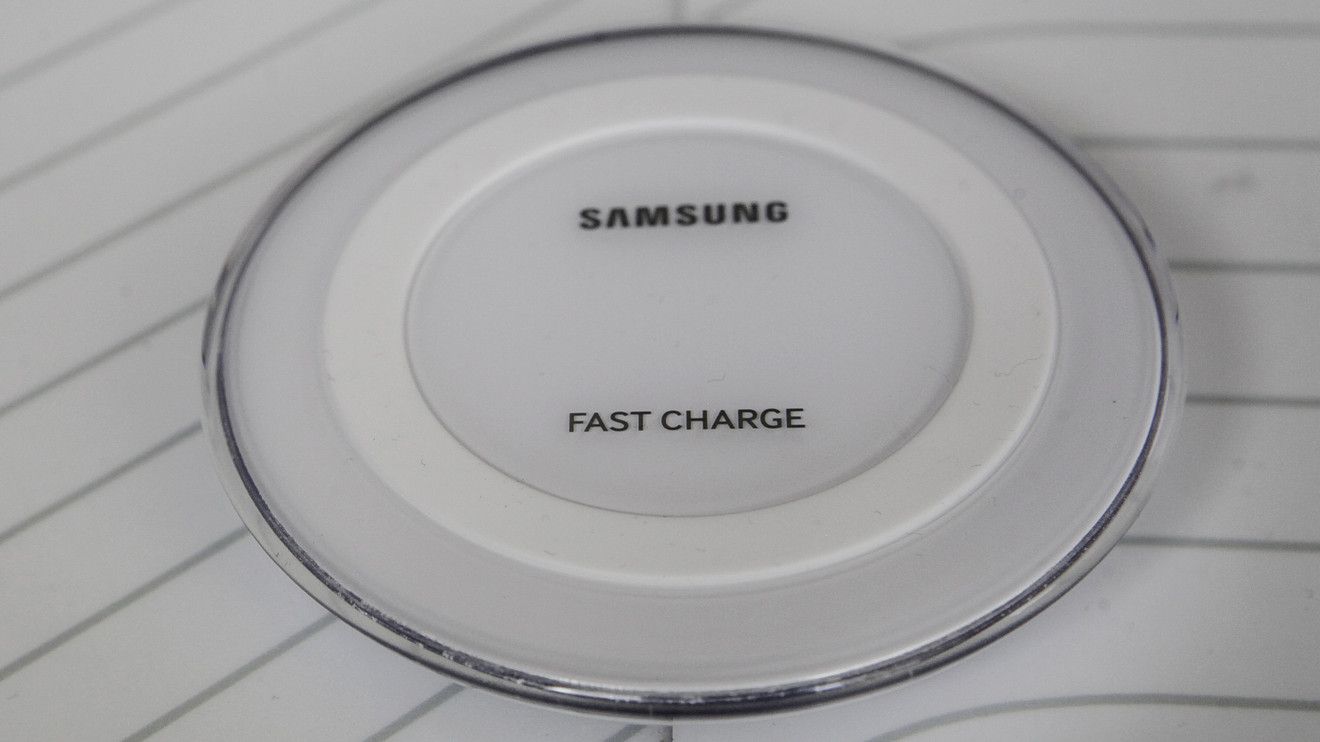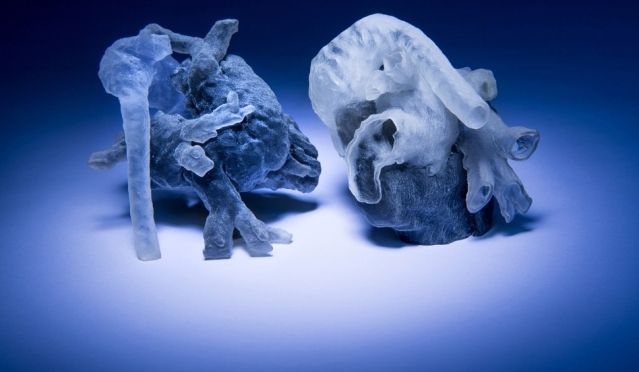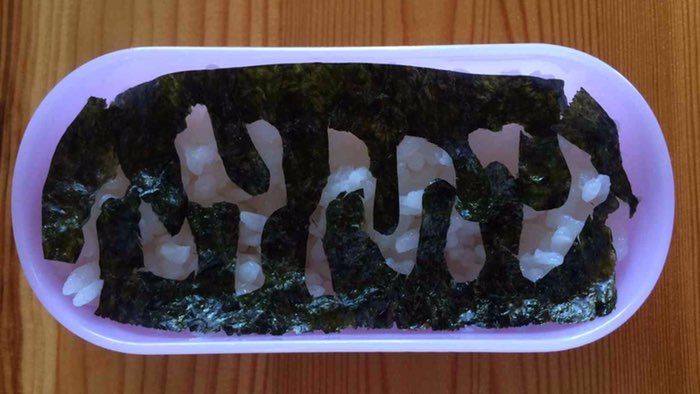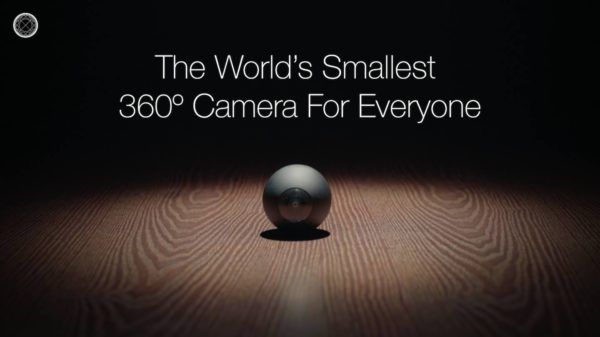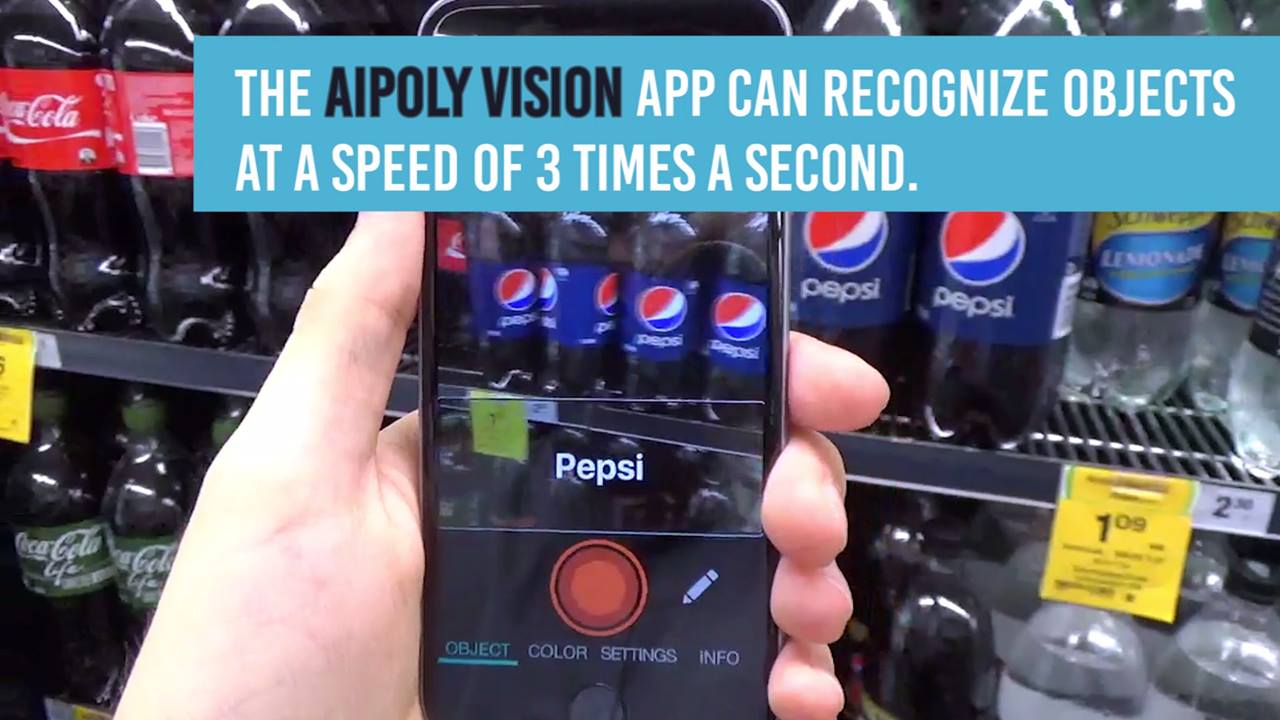Reinventing the wheel.
The feeling you got when you first saw your newborn’s face. That glorious moment when the entire family was laughing over dinner. The epiphany you had when you reached the peak of your favorite mountain. If only you could travel back and experience those instances again.
A group of engineers is hoping to do just that with a virtual reality (VR) system that lets you take 3D videos with your phone and an accompanying virtual reality headset that lets you experience those memories again, whenever you want.
“Family started the idea,” said Justin Lucas, one of the technology’s creators. “Viewing 2D videos is how we look back at past moments. We wanted to create a more immersed feeling when viewing those favorite past moments.” [Best Apps for Virtual Reality Newbies].
We’re coming down the homestretch for 2015, and now is the time when most folks like to reflect on all of the things they’re thankful for. In the campus innovation space, that basically means MIT. Being one of the most technologically progressive universities in the world, MIT has the longstanding reputation of churning out life-changing innovations as if it were a cake walk.
This past year has been no different. Here are our picks of 5 inventions coming out of MIT that are sure to impact the world, making us very thankful to have the Cambridge-based university in our corner.
If everyone’s bodies were true to textbook anatomy, doctors’ jobs would be a breeze. Unfortunately, that’s not the case. So all patients going in for heart surgery will have slightly different nuances to their cardiac makeup. As you can imagine, these procedures present some high stakes, so it’s not great for surgeons to be surprised in the OR.
Researchers in Japan have found that human aging may be able to be delayed or even reversed, at least at the most basic level of human cell lines. In the process, the scientists from the University of Tsukuba also found that regulation of two genes is related to how we age.
The new findings challenge one of the current popular theories of aging, that lays the blame for humans’ inevitable downhill slide with mutations that accumulate in our mitochondrial DNA over time. Mitochondrion are sometimes likened to a cellular “furnace” that produces energy through cellular respiration. Damage to the mitochondrial DNA results in changes or mutations in the DNA sequence that build up and are associated with familiar signs of aging like hair loss, osteoporosis and, of course, reduced lifespan.
So goes the theory, at least. But the Tsukuba researchers suggest that something else may be going on within our cells. Their research indicates that the issue may not be that mitochondrial DNA become damaged, but rather that genes get turned “off” or “on” over time. Most intriguing, the team led by Professor Jun-Ichi Hayashi was able to flip the switches on a few genes back to their youthful position, effectively reversing the aging process.
Consumer-level VR cameras are steadily on the rise, due to the growth of VR experiences and the wide array of things that virtual reality has to offer. To read more…
While the science and technologies behind the franchise are firmly rooted in fantasy, their enduring appeal has served as inspiration for many real-life scientists and engineers. Here are some of the most notable attempts to turn “Star Wars’” science fiction into science fact.
Exoplanets
Introducing the Aipoly Vision App
Posted in futurism
Graphene is a super strong, two-dimensional material with atom-thick layers. But now, a team of scientists have developed a new material with a similar structure that they’re calling borophene, and it may have graphene beat.
Borophene, a one atom thick sheet of boron, is being introduced by scientists as the next big thing after graphene, another two-dimensional material that made headlines back in 2004. If you aren’t aware, graphene is basically a supermaterial. A single layer of this is about 100 times stronger than steel and it is extremely flexible.
Now, according to research that was published in the journal Nature, borophene’s properties could potentially exceed those of graphene and other, similar materials in the 2D nanomaterial family.
